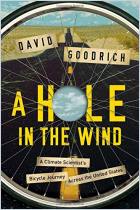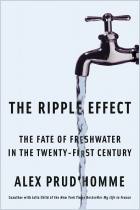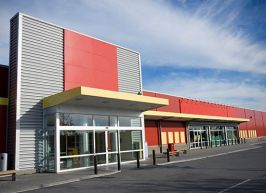Food and travel writer Brian Freedman offers an across-the-globe tour of the ice, hail, fires and floods that threaten the world’s makers of wine and spirits. He finds that these vintners and distillers are updating their ancient arts to survive the threat of climate change. Intrepid corporate and craft producers in France, California, South America, the south of England and the deserts of Israel are coping with warmer temperatures, violent storms and other effects of increasingly extreme, unpredictable weather. In these absorbing profiles, Freedman shows how vineyards and distilleries are adapting to climate change while battling against it by pioneering sustainable methods of agriculture.
Wine and spirit makers have dealt with climate and the vicissitudes of weather for centuries.
The French word terroir denotes the elements – soil, microclimate, drainage, angle of sunlight and others – that influence how grapes grow in vineyards. These variables determine what varieties will grow best and shape the character of the resulting wine. Climate has always had a major influence on wine. The last era of global warming, some 800 years ago, corresponded with flourishing viticulture in England. The climates in France and California form their wines’ distinctive attributes.
Those who cultivate grains and grapes and turn them into wine and spirits must adapt their methods to unpredictable events – including heat waves, wildfires, insect infestations, disease, and random cycles of drought and torrential rain.
In the United States, wholesale wine and spirit activity brought in $120 billion in 2021, while the global tally surpassed $500 billion. That could reach $735 billion by 2025. The alcoholic beverage industry – from large multinationals to small companies – strives to adapt to climate change, and to...
Brian Freedman is a wine, spirits, travel and food writer who contributes to Food & Wine digital, Forbes.com, Whisky Advocate and SevenFifty Daily.






















Comment on this summary or Diskussion beginnen